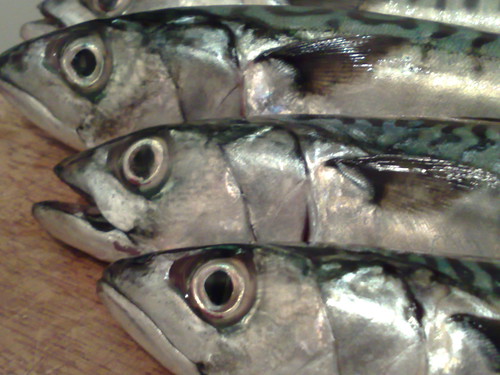 A free mobile application (app), AppliFish, has been launched to raise awareness about endangered species and educate consumers about fish. The United Nations Food and Agriculture Organisation (FAO) has endorsed the app, which has been developed by the fisheries and biodiversity knowledge platform iMarine to offer information at the touch of a button on marine species.
A free mobile application (app), AppliFish, has been launched to raise awareness about endangered species and educate consumers about fish. The United Nations Food and Agriculture Organisation (FAO) has endorsed the app, which has been developed by the fisheries and biodiversity knowledge platform iMarine to offer information at the touch of a button on marine species."With AppliFish, consumers can choose fish that are not endangered, helping to ensure there will be enough for future generations," Marc Taconet, FAO senior fishery information officer and chair of the iMarine board said last week.
He said consumers could use the app to learn more about fish species, capture levels and habitats, as well as the level of threats faced by these species.
The FAO said that while human consumption of fish products has doubled in the last half century, policies for sustainable use of aquatic ecosystems must address the challenges facing global fish stocks. About 30% of the world’s marine fish stocks assessed in 2009 were found to be "overexploited", according to the FAO’s State of World Fisheries and Aquaculture 2012 report.
As a result, iMarine — a global consortium of 13 research institutes, universities and international organisations from three continents, with €5m in funding from the European Union — hopes to foster an ecosystem approach to fisheries management and conservation of living marine resources.
The new app has a web version that contains additional scientific information that could help policymakers, producers and consumers to make informed decisions and contribute to shaping policies necessary for responsible management of fisheries and conservation of aquatic resources, as underlined in the principles laid out in the FAO’s code of conduct for responsible fisheries.
Basic information on more than 550 marine species is provided, such as common names and sizes, distribution maps, as well as maps featuring expected changes in species distribution caused by climate change.
Source: BusinessDay.com
Image courtesy of Podknox via Flickr (CC BY 2.0)
